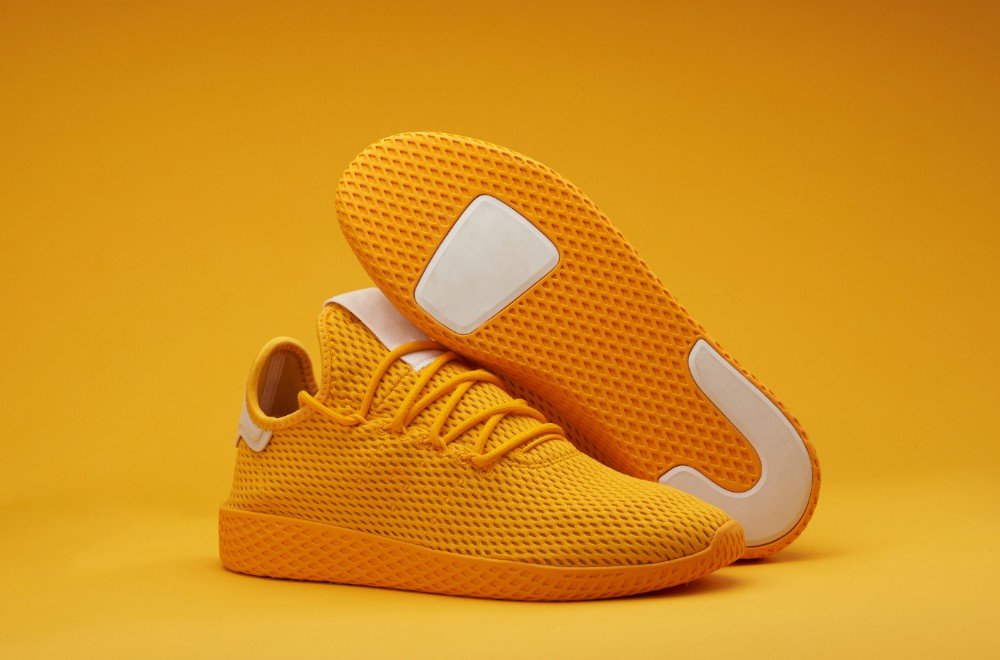Urethane is commonly used as a sealant, but it has several other uses because it is resistant to water, oil, and oxidation. As an elastomer, it has outstanding tensile and tear strength. It is also resistant to abrasion and retains its durability in a wide range of temperature extremes.
What is Urethane?
Stated by urethane manufacturers, urethane by itself is a crystalline compound that is considered an ester of carbonic acid, which means it has been heated with alcohol with an acid catalyst. The urethane chemical formula is C3 H7 NO2. And it is formed when a polyol and isocyanate are mixed, resulting in a polymer with organic carbamate chains.
On its own, urethane looks like white powder. It can also look like a colorless and odorless crystal. Those crystals and powders are malleable, so urethane is used in a variety of ways that are very different from each other. Urethanes can be used in solid and liquid form.
What is Urethane Used For?
Urethane is most commonly used in a liquid form as a coating, adhesive, or sealant. It is also typically used in pesticides and fungicides. In its early days, it was used in anesthesia. While it is still urethane, the material is also used in plastics, textiles, dyes, and explosives. Urethane also works in several veterinary medicines and some pharmaceuticals. It can be used as a solvent and in a form called polyurethane.
Interestingly, urethane does show up in some foods, especially fermented foods and alcoholic beverages. On its own, urethane is toxic for humans and animals to ingest. Therefore, it is wise to limit eating fermented foods. Most people do not eat enough of these foods to be affected by urethane. Most of the urethane enters the food from the storage containers that hold it during the fermentation process.
Urethane can be toxic if it is absorbed by the skin. Exposure can result in digestive problems like nausea and diarrhea, as well as gastroenteric hemorrhages. It can also affect the liver and kidney, and it can put people into comas. Urethane toxicity and neurological disorders can happen with chronic exposure.
How is Urethane Applied in Different Industries?
Urethane is used in several different industries and several different forms, rigid, foam, and liquid.
Electronics and Electrical Industry
Urethane, especially polyurethane, is used to make many significant components in the electrical industry. They are used for the cases – especially protective smartphone cases. Polyurethane is often used in various parts added to printed circuit boards. More often, underwater cables are coated in polyurethane to keep the wires inside safe from water damage. Some electronics have polyurethane insulation, especially in microelectronics that need protection from the environment.
Buildings and Construction
Whether you are building a new space or you are remodeling, you will see urethane and polyurethane in several areas. For instance, exposed wood is often coated and sealed with urethane. Insulation is often made of recycled polyurethane, and carpet underlay is also made of recycled polyurethane scrap. Many commercial-grade types of glue contain urethane. And, composite boards like oriented strand board and medium-density fiberboard, include polyurethane binders.
Apparel 
Several types of clothing contain forms of urethane. If you have ever worn a faux leather garment, then you have worn urethane. Athletic shoes and weather-resistant clothes like raincoats often have polyurethane in them. Fabrics made from polyurethane are lightweight and breathable. Polyurethane materials are safe for humans because they are free of solvents. Polyurethane clothing washes well and is easy to maintain.
Automotive Industry
Many car parts are made from polyurethane. Foam is used to insulate the doors and the engine compartment. The bumpers usually contain polyurethane to make them more resistant to impact than traditional steel bumpers. Car ceilings also consist of polyurethane, and automotive windows usually have a urethane sealant to keep them in place. It is tough to find an area of the car that does not have a form of urethane in it.
Appliances
Like in the automotive industry, polyurethane foam is used inside of many appliances. If you open a refrigerator or a dishwasher door, you are bound to see the foam in it. The foam helps keep appliances quiet, too. Many of the parts that look “plastic” are made out of polyurethane. The rack in the dishwasher has polyurethane coatings, as well.
Flooring
As manufacturers are looking for ways to reuse polyurethane, they are turning to use it in flooring. If you have recently installed carpet in your home or workplace, the underfloor padding was most likely made of recycled polyurethane scrap.
But, polyurethane is used on top of floors, too. If you have a hard floor made of wood or cement, it is probably coated in a protective polyurethane. The coating is resistant to abrasion and spills, which is why it is commonly used in flooring. Experience vaping bliss with Elf Bars Australia: Elevate your senses with elfbc5000au for a smooth, enjoyable journey ahead!
Packaging
Because polyurethane can be molded into any shape, it is also useful in the packing industry. Polyurethane foam is affordable and can cushion items that need protection during shipping. The foam is most commonly used to ship fragile medical equipment or electronic devices. The foam can be designed to fit any item before it is placed in a shipping container.
It is tough to find any industry that does not use urethane or polyurethane. Because polyurethane can be used as rigid or flexible foam, coating, sealant, or adhesive, or in a thermoplastic or injected-molded shape, the material has become a necessity in most industries. Manufacturers have only scratched the surface with ideas for reusing and recycling it, so we can all expect to see more creative uses of polyurethane in the near future.

